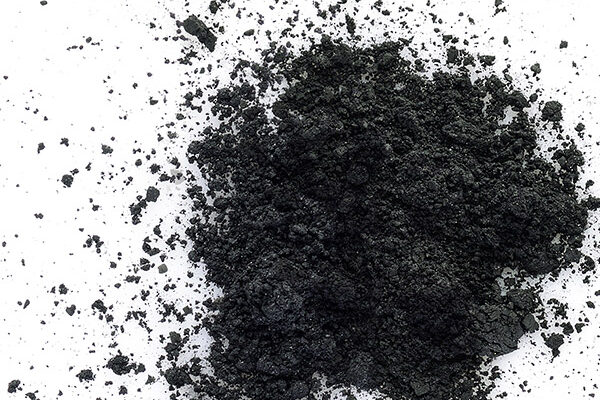A new generation of ion exchange membranes for electrochemical energy conversion and storage applications.
Proposed use
The invention is a new generation of ion exchange membranes with high ion conductivity, high ion selectivity, that can be scaled up at low cost. The membranes are designed to maximise the performance and durability of redox flow batteries, proton exchange membranes (PEM) and anion exchange membranes (AEM) water electrolyzers and fuel cells, and electrochemical reactors..
Problem addressed
Electrochemical energy storage and conversion technologies play a significant role in the storage of energy produced by renewables such as wind and solar as well as in the generation and utilization of clean energy carriers (e.g., H2). Membranes are key component in a wide range of electrochemical devices, including redox flow batteries, fuel cells and water electrolysers. Commercial perfluorinated membranes (e.g. Nafion) are expensive and the manufacturing generates perfluorinated compound by-products that cause contamination of water and pose long-term threats to human health. The design, development, and manufacturing of sustainable hydrocarbon-based low-cost ion-exchange membranes with high performance and high stability accelerates the development of cost-effective electrochemical technologies for energy storage and conversion.
Technology overview
A team from Imperial College London has developed a new generation of hydrocarbon-based membranes that overcome the performance limitations found in all existing ion exchange membranes. These novel membranes provide game-changing opportunities for replacing expensive perfluorinated Nafion membranes owing to their high ionic conductivity, ultrahigh selectivity, and greatly reduced cost for applications in a wide range of electrochemical devices. The new polymer ion-exchange membranes maximise the energy efficiency and lifetime of electrochemical devices, and reduce the capital costs. These high-performance membrane products are designed for energy storage, green hydrogen production, fuel cells, electrochemical reaction, and resource recovery.
Benefits
- Membranes with high ionic conductivity and high ion selectivity, improve the energy efficiency and life-time of electrochemical devices
- The membranes can be designed and tailor-made for different devices, including flow batteries, fuel cells, electrolysers, electrodialysis, and chemical conversion
- Cost effective membranes reduce the capital costs of electrochemical devices
- PFAs-free sustainable alternatives and low environmental impacts




